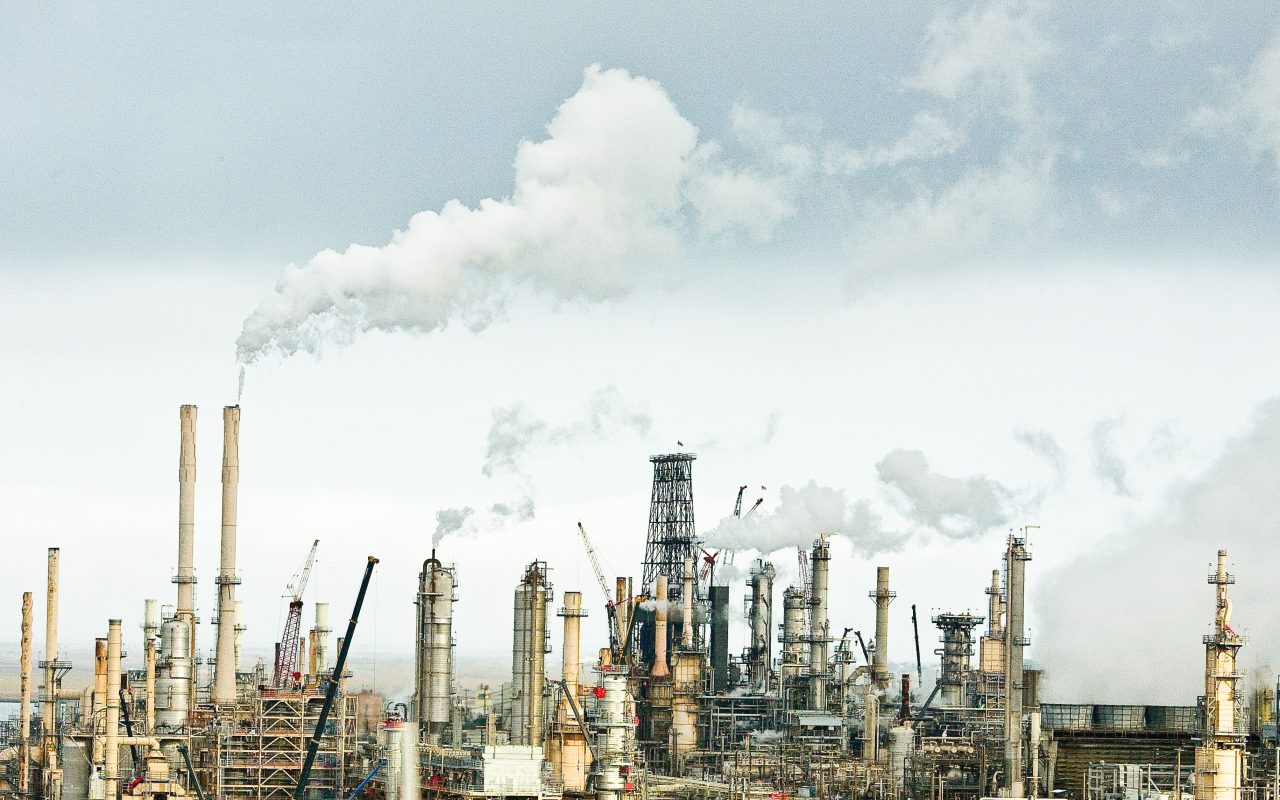By Julie Cart, CALmatters
As California accelerates its efforts to reduce greenhouses gases over the next decade, experts are pointing to vulnerabilities in its celebrated cap-and-trade system, weaknesses that could make the state’s goals difficult — even impossible — to reach.
Cap and trade, featuring a market where permission to pollute is bought and sold, is a key mechanism California uses to lower the volume of harmful discharges by industries that are subject to state emissions caps. But as the California Air Resources Board ponders a major retrofitting of the highly complex program, state analysts say that in a little over a decade emissions could soar much higher than the legally binding level.
Read the complete story at CALmatters.
For more information on cap and trade, read the Public Press special report on climate change issues.










